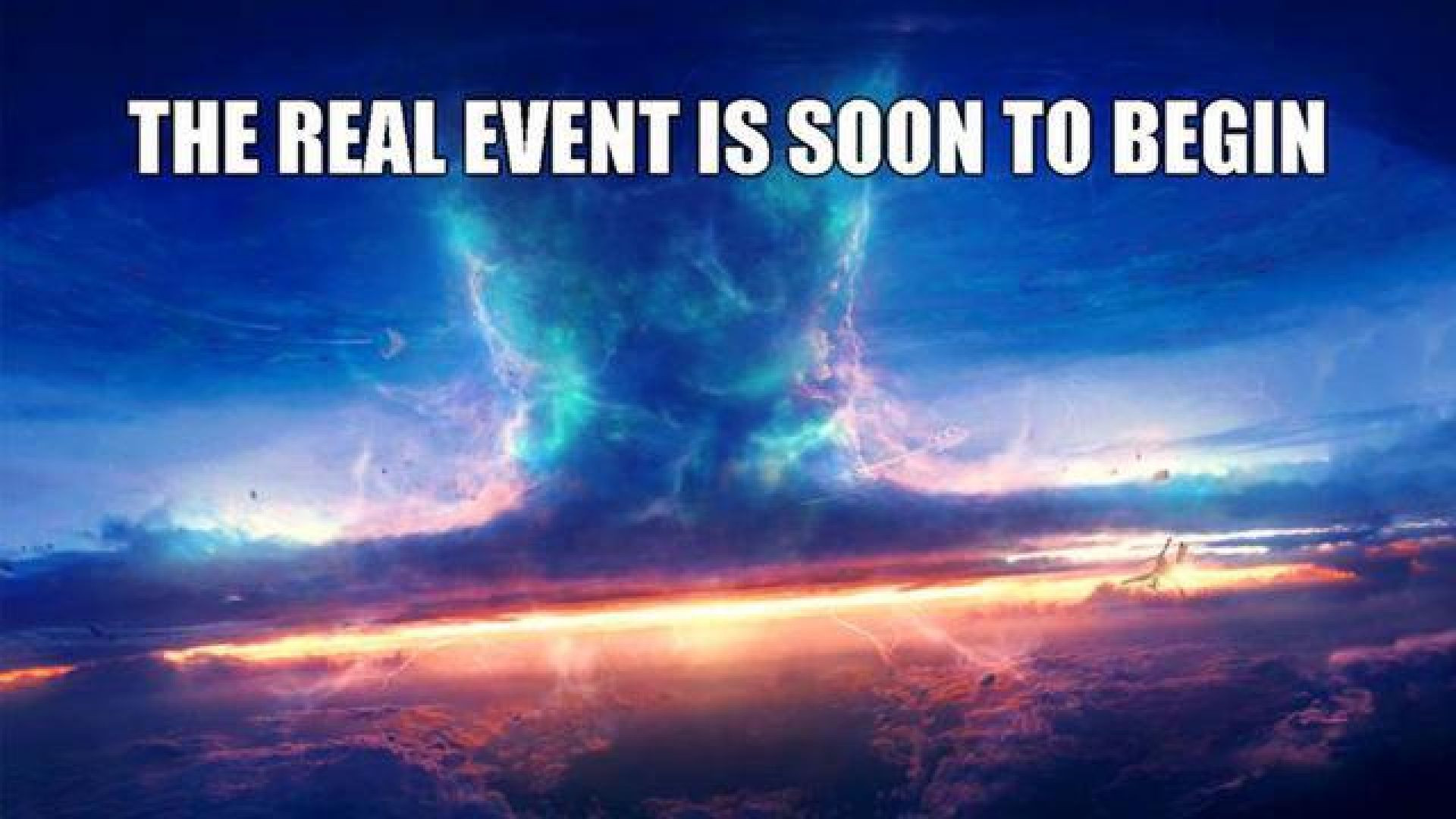SpaceX lose 40 Starlink satellites due to geomagnetic storm | Elon Musk
NEW STARLINK VIDEO: https://www.youtube.com/watch?v=MzAVq9amZSI
This video shows the Starlink satellites train seen from earth. Starlink is the name for a satellite constellation that was constructed by Elon Musk in order to provide fast satellite Internet access. The constellation will consist of several thouasands of small starlink satellites in low Earth orbit, which will work together. A SpaceX Falcon 9 rocket launched 49 Starlink satellites on Thursday (Feb. 3) from NASA's historic Pad 39A at the Kennedy Space Center in Florida. A day later, a geomagnetic storm above Earth increased the density of the atmosphere slightly, increasing drag on the satellites and dooming most of them.
Geomagnetic storms occur when intense solar wind near Earth spawns shifting currents and plasmas in Earth's magnetosphere, according to the Space Weather Prediction Center , which is operated by the U.S. National Oceanic and starlink geomagnetic storm Atmospheric Administration. This interaction can warm Earth's upper atmosphere and increase atmospheric starlink geomagnetic storm density high enough above the planet to affect satellites in low orbits like SpaceX's new Starlink craft. Friday's geomagnetic storm came on the heels of a sun starlink geomagnetic storm eruption on Jan. 30 that sent a wave of charged particles toward Earth that was expected to arrive on Feb. 2.
The 49 satellites SpaceX launched last week starlink geomagnetic storm were deployed in an initial orbit that skimmed as low as 130 miles (210 kilometers) above Earth starlink geomagnetic storm at its lowest point. SpaceX has starlink geomagnetic storm said it intentionally releases Starlink starlink geomagnetic storm batches in a low orbit so that they can be disposed of swiftly in case starlink geomagnetic storm of a failure just after launch. That orbit design, it turned out, left the starlink geomagnetic storm fleet vulnerable to Friday's geomagnetic storm.
"In fact, onboard GPS suggests the escalation speed and severity of the storm caused atmospheric drag to increase up to 50 percent higher than during previous launches," SpaceX wrote in its update. The satellites were starlink geomagnetic storm then placed in a protective "safe mode" and commanded to fly edge-on starlink geomagnetic storm "like a sheet of paper" to minimize drag effects as the company starlink geomagnetic storm worked with the U.S. Space Force and the company LeoLabs starlink geomagnetic storm to track them with ground-based starlink geomagnetic storm radar, it added.
This still from a SpaceX launch video shows the 49 Starlink internet satellites stacked in launch position as they are carried into orbit starlink geomagnetic storm on their Falcon 9 rocket on Feb. 3, 2022. (Image credit: SpaceX)
But for most of the new Starlink satellites, the drag was too much. Locked in their safe mode, up to 40 of them were starlink geomagnetic storm expected to fall out starlink geomagnetic storm of orbit like space debris just days after their launch.
The deorbiting starlink geomagnetic storm satellites pose zero collision risk with other satellites and by design demise upon atmospheric reentry — meaning no orbital debris is created and no satellite parts hit the ground," SpaceX wrote of the satellites' reentry. starlink geomagnetic storm "This unique situation demonstrates the great lengths the Starlink team has gone to starlink geomagnetic storm ensure the system is on the leading edge of on-orbit debris mitigation.
SpaceX's Starlink launch last week, called the Starlink 4-7 mission, was the company's third Starlink flight of 2022. The 49 satellites aboard were expected to join more than 1,800 other Starlink satellites currently in orbit. The mission was SpaceX's third launch in four days, following the launch of an Italian Earth-observation satellite on Jan. 31 and another for the U.S. National Reconnaissance Office on Feb. 2.
SpaceX has been launching fleets of Starlink satellites, sometimes up to 60 at a time, since 2019 to build a megaconstellation in orbit that starlink geomagnetic storm could number up to 42,000 satellites one day.
The Starlink project has come under criticism by astronomers due to the megaconstellation's impact on astronomical observations, since the high number of satellites crossing the night sky can leave streaks in telescope views. Since then, SpaceX has worked to limit the visibility of their Starlink satellites to reduce their impact on the astronomy community.
DISCLAIMER: This video description contains affiliate links, which means that if you click on one of the product links, I’ll receive a small commission. This help supports my channel and allows me to continue to make videos. Thank you for the support!
00:00 Starlink satellite train enters the screen
00:15 40 Starlink satellites crash after geomagnetic storm
00:30 starlink satellites geomagnetic storm
Subscribe: https://www.youtube.com/subscr....iption_center?add_us







![How to redesign a SpaceX STARLINK satellite dish for mobile use on a boat! [MV FREEDOM]](https://i.ytimg.com/vi/RQ7HS7txPw0/maxresdefault.jpg)













